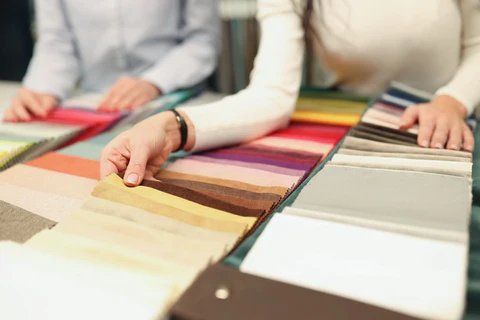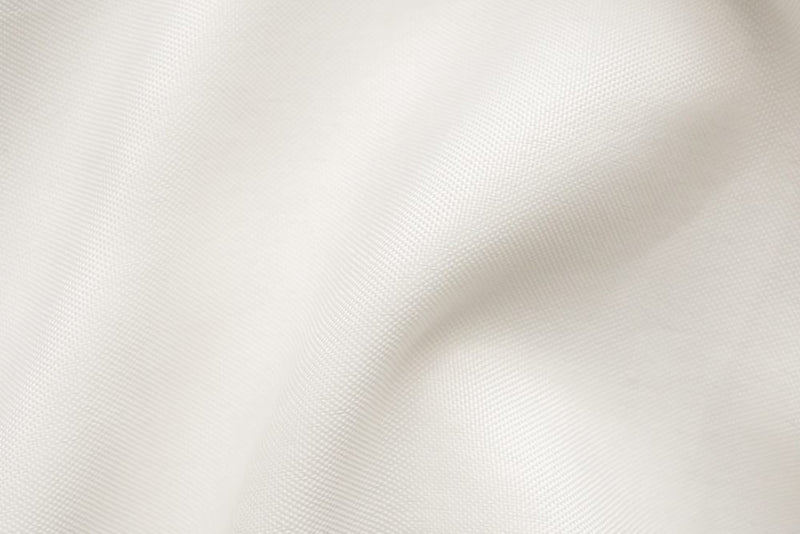
Laminated fabric is a popular material used in various applications, including outdoor gear, rainwear, and protective clothing. It is made by bonding a layer of polyurethane or other waterproofing material to a fabric base, creating a water-resistant or waterproof barrier. Laminated fabric is an excellent choice for many projects, but there are some important do's and don'ts to remember when working with this material.
DO choose the right laminated fabric for your project

Many types of laminated fabric are available, each with unique properties and uses. When selecting a laminated fabric for your project, consider the intended use and the level of waterproofing required. Some laminated fabrics are designed for heavy-duty use and are completely waterproof, while others are more breathable and water-resistant. Choose a fabric that meets your needs and is appropriate for the intended use.
Prewash your laminated fabric
Prewashing your laminated fabric before using it in a project is essential. Use a mild detergent and cool water to wash the fabric, and avoid using fabric softeners or bleach. This will remove any sizing or finishes on the fabric, which can affect the bonding process and the overall quality of the finished product.
DO use sharp scissors or a rotary cutter
When cutting laminated fabric, it's important to use sharp scissors or a rotary cutter. Dull scissors can cause the fabric to tear or fray, leaving jagged edges that are difficult to work with. A rotary cutter is a great option for cutting laminated fabric, allowing for precise cuts and clean edges.
Don't use pins to hold the laminated fabric in place
Pins can leave permanent holes in the laminated fabric, which can compromise the waterproofing properties of the material. Instead, use clips or binding tape to hold the fabric in place during construction. If pins are necessary, use them sparingly and only in areas that will be hidden or removed later in the construction process.
DO use a walking foot when sewing laminated fabric
A walking foot is a specialized sewing machine foot that helps to prevent the fabric from shifting or bunching during sewing. This is especially important when working with laminated fabric, as the waterproofing material can make the fabric more difficult to sew. A walking foot will help to ensure that the fabric stays in place and that your seams are straight and even.
DON'T use an iron on laminated fabric
Laminated fabric is not heat-resistant, and using an iron on the fabric can cause the waterproofing material to melt or warp. Instead, press seams and hems using a pressing cloth and a low heat setting. Test the heat and pressure on scrap fabric before pressing the garment.
DO finish seams with binding tape
Laminated fabric can be challenging with traditional seam finishing techniques, such as serging. Instead, use binding tape to finish seams and prevent fraying. Binding tape can be applied using a sewing machine or by hand and is available in various colours and widths.
DON'T store laminated fabric in direct sunlight
Direct sunlight can cause the laminated fabric to fade or discolour over time. To prevent this, store your laminated fabric in a cool, dry place away from direct sunlight. Store the fabric rolled rather than folded to avoid creases and permanent damage.
DO test your laminated fabric before using it in a project
Before using laminated fabric in a large project, it's a good idea to test a small piece of the fabric first. This will give you an idea of how the material behaves and responds to different sewing techniques. Testing the fabric can also help you identify potential issues before working on the final project.
Conclusion
Laminated fabric is an excellent choice for various projects, but it requires some special considerations when working with it. By following these do's and don'ts, you can ensure that your project turns out perfectly and that your laminated fabric remains in great condition for years. Please feel free to contact us if you have any questions about our fabrics!





0 comments